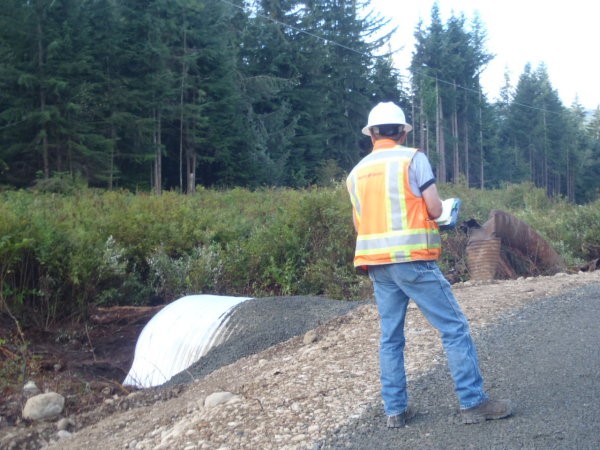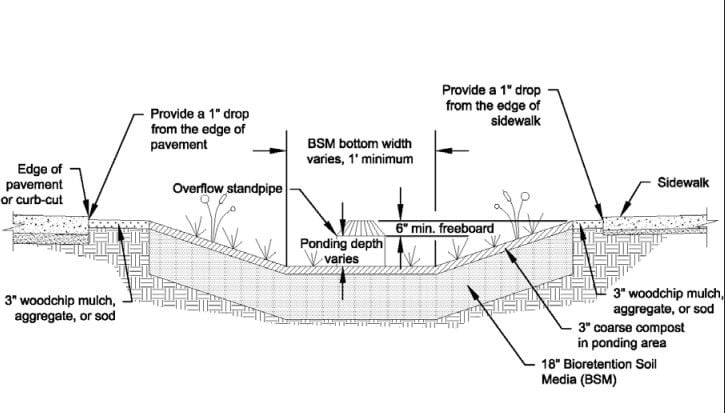The Eight Traits of Successful Developers: Trait #7
Don’t you wish you could time the stock market to sell at the peak? Doesn’t everyone want to know when to get off the rollercoaster before the next freefall so we can maximize our return on investment? That’s the dream, to predict the market, and developers are no different when it comes to the land development market. Well, most developers are no different.
The Often Overlooked Key to Street Tree Survival
- Bryan Cole
- Transportation & Public Works
One of the main design elements for any successful road project is the street trees. Some may look at street trees as an afterthought, but they shouldn’t. Street trees serve many important functions such as creating shade (minimizing heat island effect), enhancing the aesthetic appeal of the street, providing habitat for birds and other wildlife within developed areas, and adding to the value of nearby homes and businesses.
Because of all the benefits provided by street trees – especially mature trees – maximizing survival rates is a top priority. When considering the keys to street tree survival, species selection is obviously important, but if there is one thing I have learned over the years it is that for successful planting you must start with the soil.
Inspection Services - Which end of the spectrum are you on?
- Jacob Howlett
- Energy, Energy Transmission & Distribution
Inspection services come in many different shapes, styles, and sizes offering a range of services, deliverables, and values. A disturbing trend that I see occurring more and more often is the “staffing agency” approach to inspection services. My opinion (based on years of observation) is that this approach undermines the overall quality process by not providing real value.
Low Impact Development 101: Stormwater Toxicity Solutions - Can it be that simple?
- Paul Harmsen
- Transportation & Public Works
Previously in this series, we discussed the primary source of stormwater pollution and the effects that urban stormwater runoff is having on salmon throughout the Northwest. In summary, very few (about 25%) coho adult salmon are surviving long enough to spawn in urban creeks and only about 25% of hatched salmon embryos are surviving when raised in unfiltered water. With this post, we begin a series of posts discussing Low Impact Development (LID) solutions that can be used to minimize impacts to fish, starting with bio-retention.




